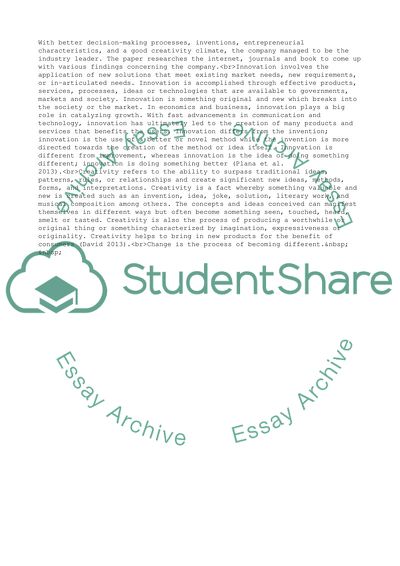Cite this document
(“Innovation Creativity and Change in WhatsApp Company Book Report/Review”, n.d.)
Innovation Creativity and Change in WhatsApp Company Book Report/Review. Retrieved from https://studentshare.org/business/1825791-innovation-creativity-and-change-in-whatssap-company
Innovation Creativity and Change in WhatsApp Company Book Report/Review. Retrieved from https://studentshare.org/business/1825791-innovation-creativity-and-change-in-whatssap-company
(Innovation Creativity and Change in WhatsApp Company Book Report/Review)
Innovation Creativity and Change in WhatsApp Company Book Report/Review. https://studentshare.org/business/1825791-innovation-creativity-and-change-in-whatssap-company.
Innovation Creativity and Change in WhatsApp Company Book Report/Review. https://studentshare.org/business/1825791-innovation-creativity-and-change-in-whatssap-company.
“Innovation Creativity and Change in WhatsApp Company Book Report/Review”, n.d. https://studentshare.org/business/1825791-innovation-creativity-and-change-in-whatssap-company.


